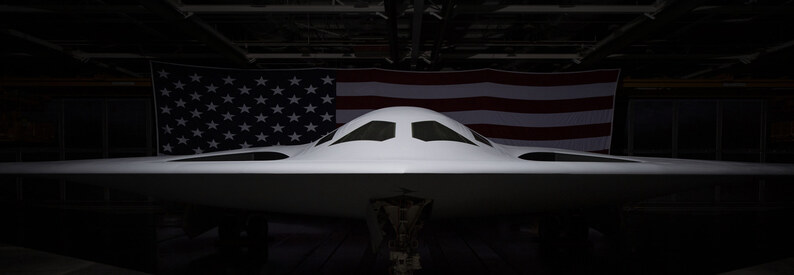US Air Force Considers B-21 Stealth Jet as Missile Carrier

The U.S. Air Force is evaluating a new concept for a large stealth aircraft modeled after the B-21 Raider bomber that could serve as a long-range air-to-air missile carrier, enhancing the service’s future air superiority capabilities. The proposed platform would operate in coordination with both crewed and uncrewed fighters, engaging multiple enemy targets from a standoff distance.
According to defense officials, the concept envisions the stealth aircraft acting as a “missile truck,” carrying a heavy payload of advanced air-to-air weapons guided by stealth fighters and drones operating closer to contested airspace. These forward assets would identify and track enemy aircraft while the missile carrier—flying farther back—would launch precision strikes based on shared targeting data.
This system-of-systems approach aims to address one of the U.S. military’s growing strategic challenges: China’s numerical advantage in combat aircraft. In a potential Taiwan conflict, Chinese forces could outnumber U.S. and allied fighters, making distributed, coordinated firepower a critical factor in maintaining air dominance.
By leveraging the B-21’s stealth design, extended range, and payload capacity, the Air Force could deploy a platform capable of supporting air battles over vast distances while remaining undetected. The aircraft’s design would likely emphasize modularity, allowing it to carry different combinations of missiles, sensors, or electronic warfare equipment depending on mission requirements.
The missile carrier concept aligns with the Air Force’s Next Generation Air Dominance (NGAD) program, which seeks to integrate advanced manned and unmanned systems under a unified digital combat architecture. If developed, the B-21-based stealth carrier could serve as a force multiplier—delivering overwhelming missile firepower while preserving the survivability of front-line fighters.
The Air Force has not confirmed whether the concept will move to a formal development phase, but defense analysts suggest it represents the next logical step in evolving beyond traditional fighter-centric air combat.
Sources: AirGuide Business airguide.info, bing.com
